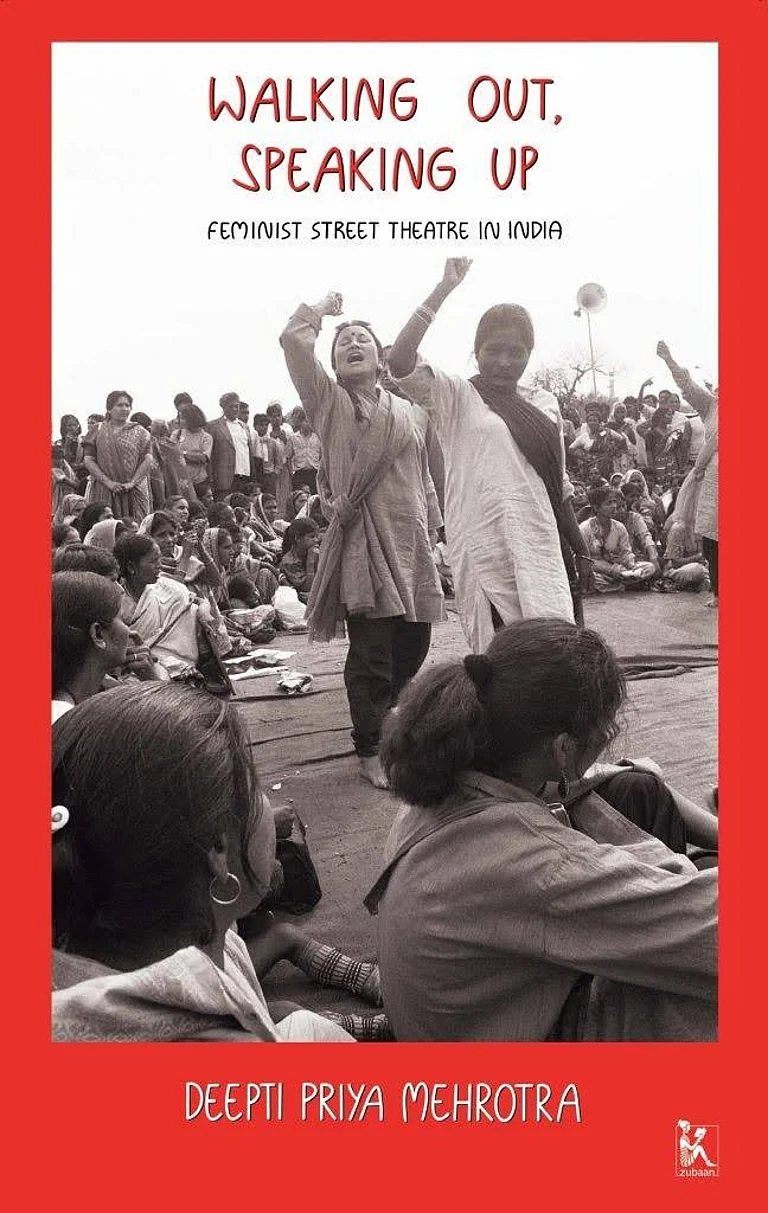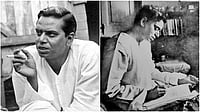Two films. Two beating hearts. United by earnestness and an honest, feminist, and warm gaze on life and dreams. Varun Grover’s ‘All India Rank’, and Kiran Rao’s ‘Laapata Ladies’ are both heartwarming tales of dreams, lives, circumstances, and struggles within worlds around us. Their protagonists have their wins big and small and are heroes in their own stories. They look at the world through eyes seeking to understand, to make a mark, to decode the realities. They falter and fail, they unlearn and adapt, and they live — understanding themselves and the world, its restrictions, complexities, compulsions and contradictions.
The films are united in their authenticity and simplicity. They don’t simplify the world they are set in, however very simply engage with those complexities, keeping the innocence of their characters and worlds alive. Vulnerability is an asset and innocence is an armour. And a world that slowly converges to help them enables them — restoring faith in the inherent goodness of people. All of these are rarities in commercial Hindi cinema we see today and are forced to consume.
Juxtapose these values with the high decibel, overtly dramatic, deeply violent, nationalistic hyperboles laced in toxic masculinity of ‘Pathaan’, ‘Jawan’, ‘Fighter’, ‘Tiger 3’ (just some of the highest grossers last year) or the brazenly misogynistic, best ignored ‘Animal’. Each of these top grossers had much in common. There was glorification of toxic, brawny masculinity, and objectification of the female leads with them being reduced to a prop at best to propel the story forward. With ‘Animal’, these definitions fell to new depths, with overt celebration of violence against women, patriarchal morality and regressive ideas.
In sharp contrast, the aesthetics of the male leads in ‘All India Rank’ and ‘Laapata Ladies’ are scrawny and young and are deeply vulnerable. They cry, yearn to express, and are unsure how to. They too are governed by ideas of success and failure, respond to parental pressure, however, authentically, softly, and warmly so. Their worlds are not those of guns, Pakistani enemies, violence and noise, but those of walkmans and escapes, of bicycles and trains, of mothers who love them and they are most honest with. Emotions are not weaknesses and they show their care and their love.
The characters of the mother in both ‘All India Rank’ and ‘Laapata Ladies’, played with such depth and innocence by Geeta Sharma, are alike and so different. In ‘All India Rank’, she understands her son’s pain, empathises with her husband, and yet rationally discusses a plan B in case of impending failure of her son making it to IIT. In ‘Laapata Ladies’, we also see her yearning for female friendships and solidarities in the space of the home — a critical dialogue, a very large need that forms the building blocks of patriarchy. This is such a welcome change, especially when we look at the trajectory of the represented Indian mother in commercial Hindi cinema, from being a moral compass to a scheming mother-in-law, to being pedestalised for her choices and sacrifices over time.
The women leads is where the difference is sharpest. Far from being ornamental and objectified, the women are real. They have dreams and are powered by them. Those dreams are rooted in ideas of identity, love, curiosity and achievements. Of being able to live through life with knowledge, which they recognise as their greatest freedom. Both the characters of Sarika (‘All India Rank’) and Jaya (‘Laapata Ladies’) are rooted in this desire to dream and see it become a reality. Possibly the greatest equaliser is the ability to dream even if not making them realities. There is a line in ‘Lapataa Ladies’ that says “sapne dekhne ki maafi nahin maangi jaati (you do not apologise for having dreams)” which is a gloriously simple way of showing us the power of dreams.
What as audiences we also witness are sister solidarities. Breaking years of the myth that a woman is a woman’s worst enemy. Here women come together in experiences of the past and a shared present, in solidarity, love, and respect, building a support system for each other. Phool and Jaya both form these, with eventually the mother-in-law seeking a similar friendship. Women solidarities are one of the great feminist strengths and to see it represented in Hindi cinema is a novelty.
What is also striking is the ease of humour with which these very serious stories are told. There are dashes of wit and situational humour, sometimes induced by nostalgia. There is a slight chuckle in us as audiences as we witness the innocence or moments on screen. In both films, the characters, their truths, and their reactions are all deeply relatable, a distinct departure from the alienating personas of stars taking on violent streams as narrators of their conflicts and stories.
The alternate is making space for the real. In a world of hegemonic fantasy, singular definitions, and conformist ideas to the current regime that legitimises violence and patriarchy, it is the alternate that is showcasing real people with their real needs, desires and loves, the way they ought to be. And for that we as viewers and audiences must support such films. Watch them in theatres and make them make money. So that we have more indie cinema, more ‘All India Ranks’ and ‘Laapata Ladies’, instead of misogynistic regressive films like ‘Animal’ that arrest one’s ability to reason.


























